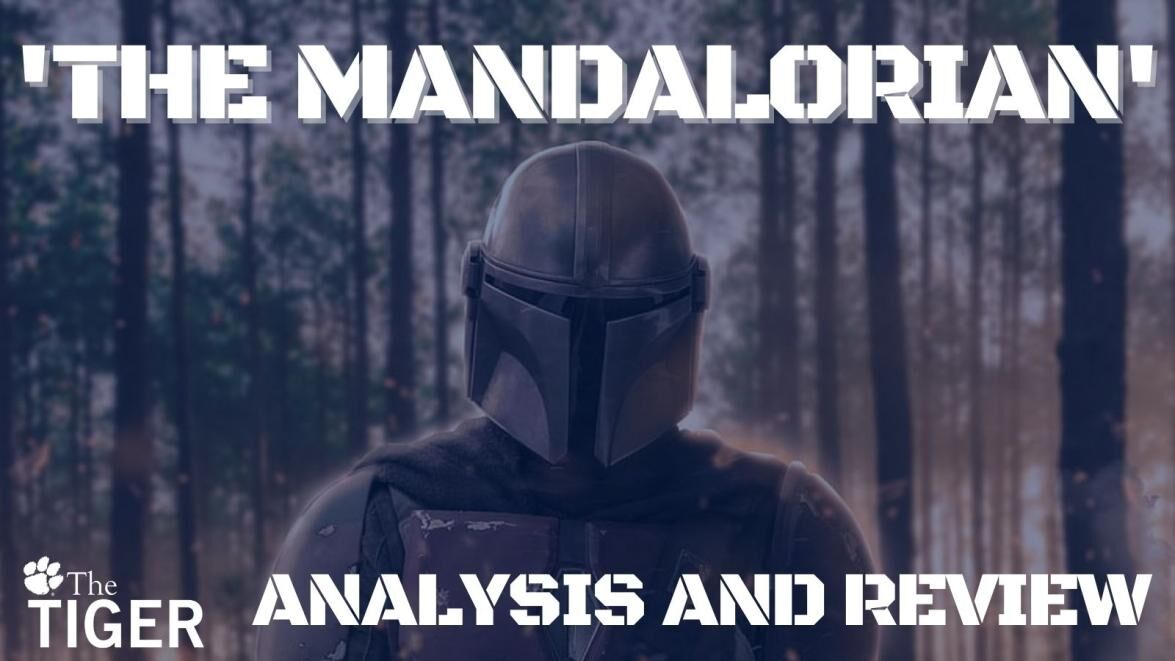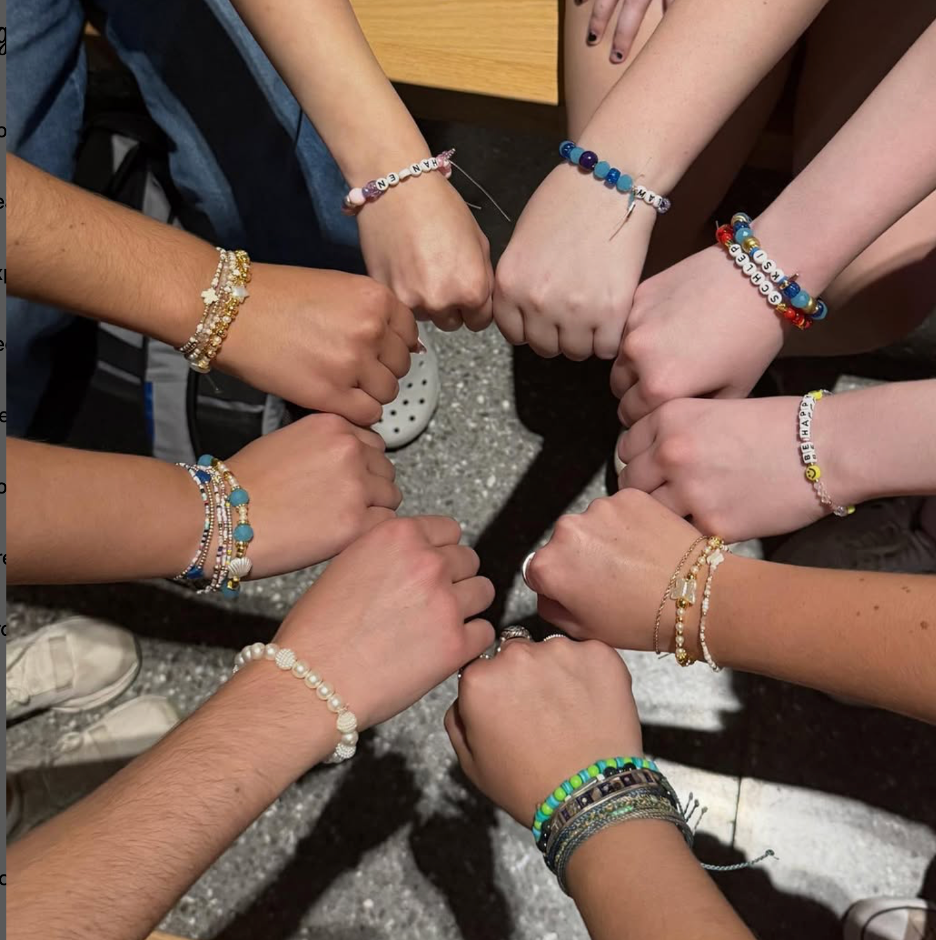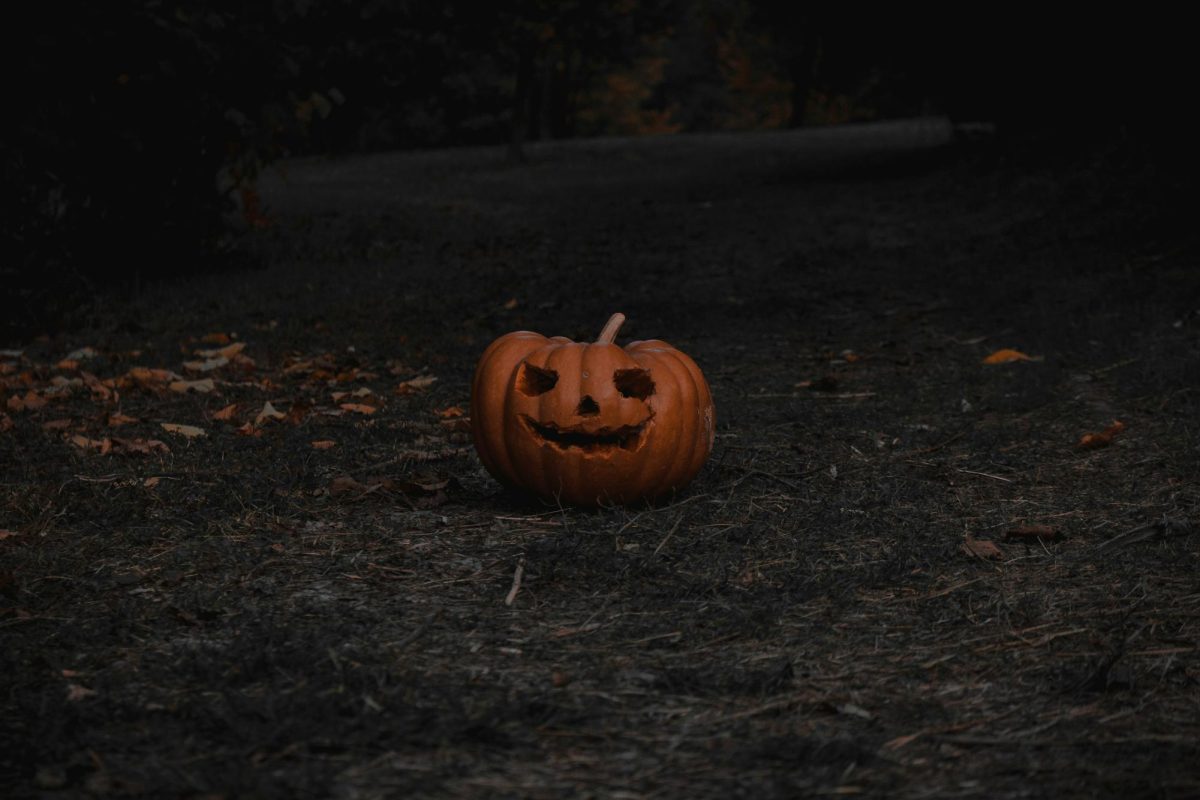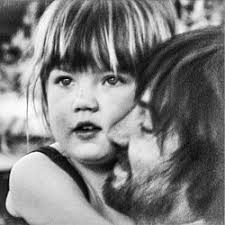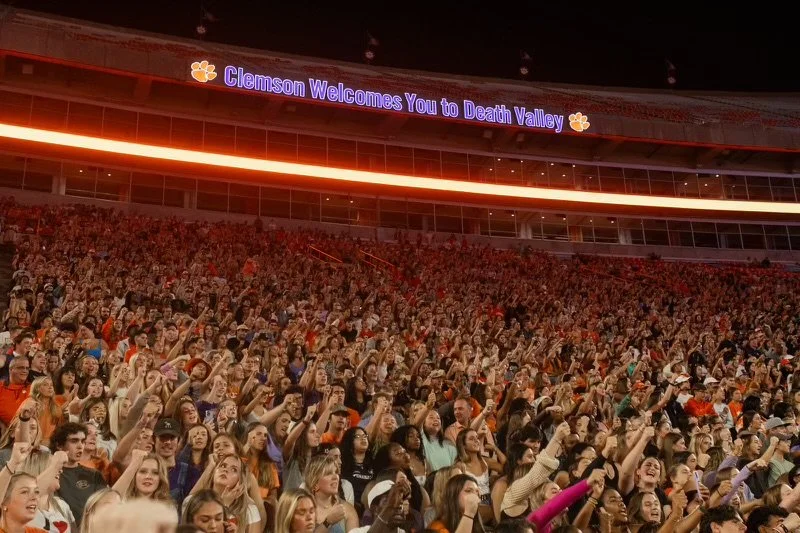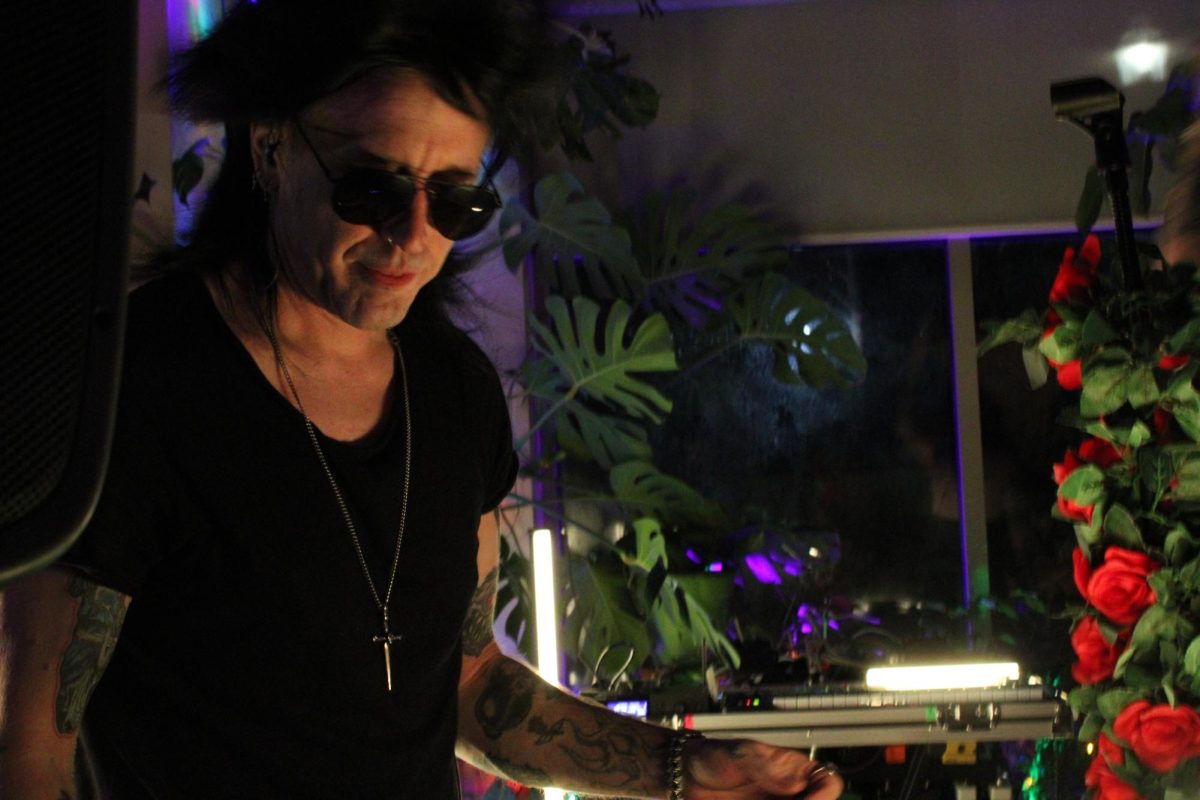Warning: This article possesses an excess of references to Star Wars lore, so expect nothing less than absolute nerdiness from this review and analysis.
Also, there are spoilers ahead!
It has been over 300 days since the first season of “The Mandalorian” finished with a final scene of Moff Gideon standing on top of a crashed X-wing, an iconic and legendary lightsaber clenched in his fist. Fans have long debated and theorized what the second season might have in store for us, but Jon Favreau still manages to deliver more than one surprise to the audience while creating what is undoubtedly the best episode of “The Mandalorian” yet.
First, let’s start with the obvious: “The Marshall” is an episode that is full of Easter eggs. It reintroduces a beloved character from the first season, gives us an up close and personal look at Boba Fett’s armor and even references Anakin Skywalker’s podracer with the bike Cobb Vanth rides. (Many people believe that it was actually made from the original podcracer, but due to the slight differences and the 46 or so years that have passed, I think it’s little more than a similar design and a reference for fans). However, while giving viewers such nostalgic and exciting moments, “The Mandalorian” also stays true to its main characters.
When Din Djarin was first introduced, he was treated as a Western-style character. He sidled into an ancient space saloon, started and finished a fight, and cooly took his quarry prisoner. This Western theme persisted throughout the show, even as Din became a father to a tiny green child with mystical powers and fought off the remains of an oppressive and tyrannical government. Din’s character developed and went through changes, but just as nothing could scratch his shiny beskar armor, he remained a solid Western figure throughout the first season. The first episode of the second season quickly reassures fans that this theme is far from dead; in fact, it is reinforced.
From astereotypical almost-shootout in Mos Pelgo to the beautiful cinematography of riding away on a swoop bike across the Dune Sea, we are constantly reminded that Din is the badass character that comes into town, does some amazing feat and then leaves with nothing more than his reputation behind him. He has Baby Yoda (The Child) with him now, but that only makes him more dangerous, and this first episode reassures viewers that the awe-inspiring fight scenes of the first season will likely pale in comparison to the second season.
In reestablishing the Western theme and reasserting that Din is a dangerous yet caring man who can do ridiculously amazing things, even without the Force, “The Mandalorian” goes back to its, and Star Wars’ roots and builds upon them. It also uses a similar tactic when building upon the world of Tatooine.
In “The Marshall,” Favreau took perhaps a total of 20 minutes of screen time from “A New Hope” and turned it into an entirely new and fresh storyline. The krayt dragon skeleton that C-3P0 wanders past becomes a living and terrifying threat. The echoing shriek that Obi-Wan Kenobi uses to scare the Sand People away from Luke Skywalker becomes a central rivalry between two ancient species. Even the moment in which Lando Calrissian blows up the second Death Star is shown to have rippling effects that are before unseen. Viewers are gifted with an in-depth look at how Tatooine has fared in the aftermath of the Empire’s fall and the nasty history between the settlers and the Sand People. Additionally, the exact appearance, habits and dangers of the krayt dragon are demonstrated for the first time.
But in building this extended world, Favreau does not just reference moments from the fourth and sixth movies of the franchise; he also references moments from some of the only other Star Wars content that has done an in-depth analysis of Sand People and their culture: John Jackson Miller’s novel “Kenobi.”
This book, now belonging to Legends, originally gave fans a view into both Obi-Wan’s life after Order 66 and Tatooine’s Sand People before Disney bought the franchise and rebooted the continuity. With Obi-Wan’s life in exile soon to be covered in an upcoming television series, “The Mandalorian” has taken the reins on educating fans on the Sand People, their customs and their relationships with the settlers. Still, there are many references to “Kenobi” and other Legends material that show that despite Star Wars being a twisted, convoluted mess, it still honors its own content.
The most obvious reference to previously retconned material is Cobb wearing Boba Fett’s armor. In Legends, Jodo Kast paints a set of Mandalorian armor to resemble Boba Fett’s in order to charge more for his jobs, but eventually dies at the hand of Boba himself. Therefore, another man being inside Boba Fett’s armor was almost expected, though Cobb’s story was definitely a new take on the idea.
The majority of the references to “Kenobi,” however, involve the settlers and the Sand People. In “Kenobi,” settlers use a siren to warn them of danger, though it actually sounds like a krayt dragon call and is meant to scare off the Sand People. In “The Mandalorian,” the siren is an early warning system against the krayt dragon itself. A saloon also serves as the central location of both of the main settings of “Kenobi” and “The Marshall,” though the saloons are manned by two very different owners. Additionally, the heightened tensions between the Sand People and the settlers are similar between the two stories, though “Kenobi” has no third party threat to bring the two groups together beyond a conniving settler named Orrin Gault.
One more thing to note is what “The Mandalorian” does differently: as established in the first season, Din is able to communicate with the Sand People using their own hand signals. Obi-Wan is also able to speak with the Sand People in “Kenobi,” though only due to one of the Sand People speaking passable Basic. “The Mandalorian” takes that extra step to show appreciation and knowledge of a strange culture, whereas “Kenobi” has the Sand People somewhat abide by the uniformity of the known galaxy and do all of the legwork in establishing communication. It is an excellent example of how “The Mandalorian” is basing its story off of its predecessors, but still forging its own unique path.
In the first episode of this season, Favreau has taken a conglomeration of preexisting lore and information and sculpted it into something fantastic. The world-building is not hindered by the heart pumping action scenes, and Din’s skills in battle are not undermined by his diplomatic efforts. Favreau also artfully maneuvers around the return of the actual Boba Fett until the very last moment, tying up a loose end that viewers hadn’t even noticed while shocking the audience in the same breath. With Boba’s return, it is surely only a matter of time until other iconic characters such as Ahsoka Tano and perhaps even Sabine Wren make appearances, and the creative team are sure to treat those characters with the same levity as they did Boba.
However, amidst the skillful world-building of this episode, there remains one aspect of Tatooine that remains in shadow: the slaves. Cobb spoke briefly of the enslavement of his town, but there is no information about the beings who were enslaved prior to “Return of the Jedi” and their fate after Leia Organa strangled Jabba the Hutt to death with her own chain. “The Phantom Menace” introduced a side of Tatooine culture that had yet to be examined prior to the film’s release. But even now, stories like “Kenobi” and “The Mandalorian” seem content to continue focusing on the Westernized scum and villainy of Tatooine as opposed to the people who surely must have gained their freedom when the Hutt empire on Tatooine crumbled. There is a lack of information about the people and the culture that Anakin Skywalker belonged to prior to becoming a Jedi, and “The Mandalorian” not addressing that was the only true downside of this episode.
Regardless, the information and aspects of the Star Wars universe were well-done and enjoyable. It is a must watch for anyone remotely interested in Star Wars, or anyone remotely interested in watching the best show that Disney+ has to offer. It is safe to say that “The Mandalorian” season two has begun with a bang…literally.



